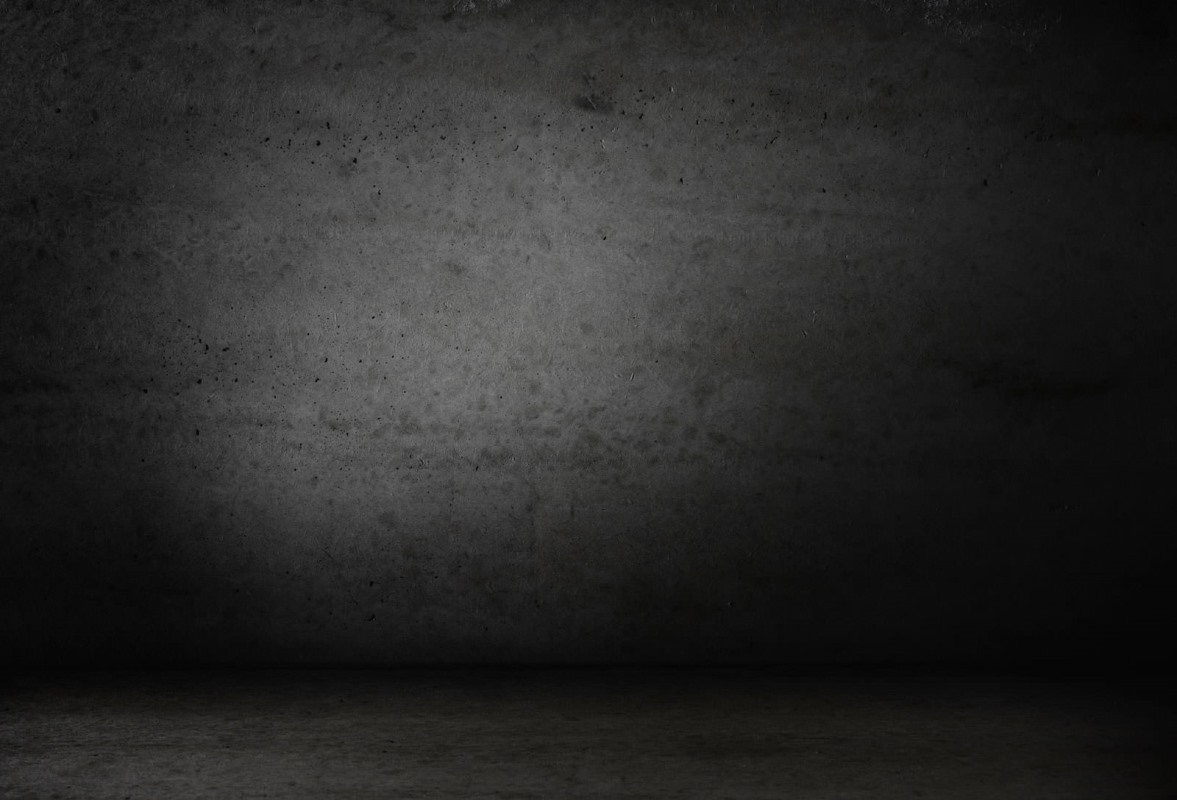

Liszt’s creation is the child of Proteus: it changes aspect
according to themediumitutilises (orchestra,voice,piano)
anddeduces forms,suchas the rhapsody,or inventsgenres,
like the symphonic poem.All is grist to itsmill.Does it also,
like the keeper of Poseidon’s flocks of sea-beasts, have the
gift of prophecy?
A substantial portion of the piano music of the first half of the twentieth century,
from the Ravel of
Jeux d’eau
to the final works of Scriabin, from the Prokofiev of the
Second Concerto to Messiaen’s
Vingt regards sur l’Enfant Jésus
, owes a debt to Liszt in
the strict domainof technical advances –he transfusedhismusicwith the innovative
lexicon that his extraordinary virtuosity placed at his disposal – and in the more
prospective matter of a tonal language pushed, at the end of his life, to its tipping
point:
Nuages gris
, the
Bagatelle sans tonalité
,
Unstern
,
La lugubre gondola
open out
onto new harmonic worlds that were to remain in an exclusively Lisztian limbo until
Schoenberg came on the scene.
Wagner, before him, had grasped the spirit more than the letter, but in transmuting
it to the theatre had in a sense perverted it: final-period Liszt tends towards an
abstraction impossible to transcribe in a dramatic action.
19
ROGER MURARO

















